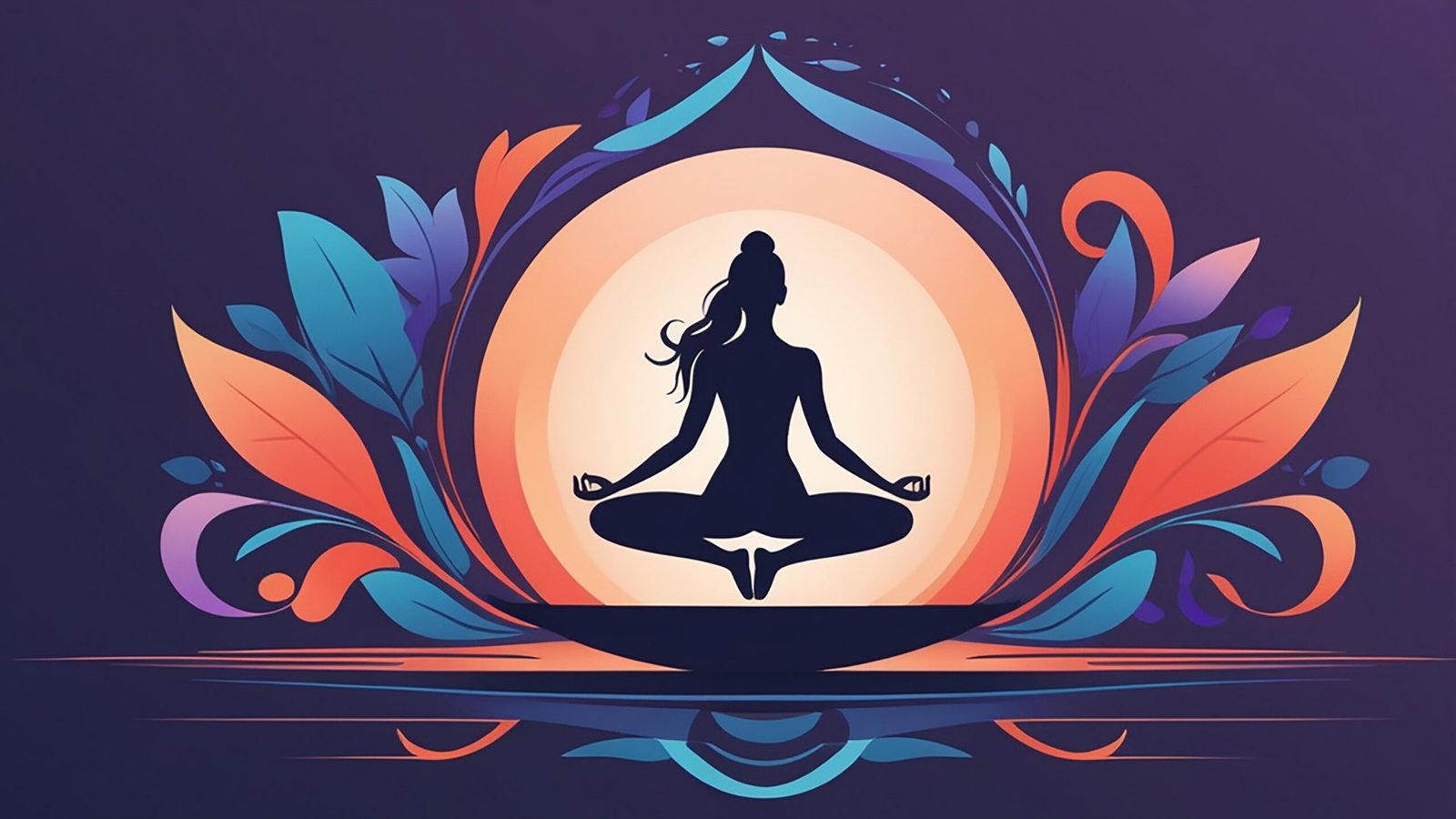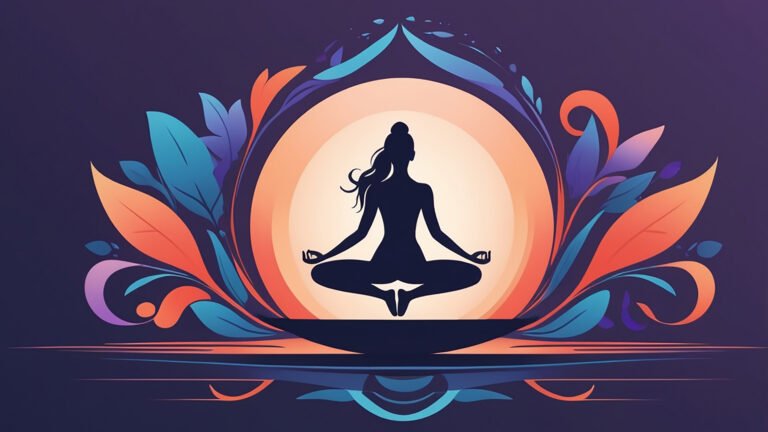— Introduction :
Plavini — the breath of buoyancy, the breath of transcendence. Among the advanced pranayams described by ancient yogis, Plavini Pranayam holds a sacred and enigmatic place. The word Plavini is derived from the Sanskrit root “plu”, meaning to float or to swim. And true to its name, this breath cultivates a feeling of lightness — of being lifted beyond the density of the body and mind.
In yogic lore, Plavini is considered a siddhi-pranayam, said to give the practitioner the power to float over water, though this is symbolic as well as literal. Symbolically, it signifies the transcendence of worldly weight — ego, attachment, and ignorance.
Unlike common pranayams, Plavini involves swallowing and retaining air in the stomach, thereby activating unique physiological and pranic effects. This air is not meant for the lungs but the digestive tract, where it stimulates digestion, cleansing, and energetic rebalancing.
Few practice it today due to its complexity, but for the advanced seeker, Plavini becomes a gateway — not only to physical mastery but to the subtle experience of lightness of being, where breath no longer binds, but liberates.
— Step-by-step Instructions :
- Sit in Padmasana or Vajrasana with the spine straight and body still
- Inhale deeply and fill the stomach with air, not just the lungs
- Instead of exhaling, swallow the air gradually, allowing it to fill the stomach
- Retain the air inside the digestive tract for a comfortable period
- Keep the throat and abdominal muscles relaxed during retention
- After a few seconds or minutes (as per capacity), release the air slowly through the mouth or nose
- Repeat this for 3–5 rounds, only under guidance if you’re new
— Physical And Mental Benefits :
- Strengthens and stimulates the digestive organs
- Reduces acidity, bloating, and digestive stagnation
- Enhances control over abdominal muscles and diaphragm
- Promotes feelings of lightness and internal spaciousness
- Deepens pranic awareness beyond the lungs
- Said to increase buoyancy and endurance in water
- Balances energy flow in the manipura chakra (solar plexus)
- Sharpens the ability to hold breath and expand vital capacity
— Precautions to Keep in Mind :
- Not recommended for beginners or without supervision
- Avoid in cases of gastric issues, ulcers, or chronic indigestion
- Not suitable for those with heart disease or hernia
- Should not be practiced during pregnancy or menstruation
- Do not attempt after heavy meals or with a full stomach
- If discomfort arises, release the air and rest immediately
— Beginner’s Tips :
- Focus first on belly expansion through breath before attempting air swallowing
- Begin with minimal air intake and increase only with comfort
- Practice under qualified supervision until confident
- Follow Plavini with a calming breath like Ujjayi or Bhramari
- Do not combine with intense bandhas or fast pranayams in the same session
— Best Time to Practice :
- Early morning on a very light or empty stomach
- Should be done in solitude and silence, preferably seated on a flat surface
- Avoid during cold weather or after meals
- Best followed by a few minutes of stillness or shavasana
— Advanced Variations :
- Add Kumbhaka (breath retention) after full air intake
- Use Mula Bandha and Jalandhara Bandha to lock the pranic flow
- Visualize a floating sensation or golden warmth in the abdominal region
— Wrapping Up :
Plavini is not merely a pranayam — it is a mystic experience. A breath that transcends the lungs and touches the space within. With each session, the practitioner moves closer to lightness — of body, of thought, of being. For the sincere yogi, Plavini becomes a meditation in spaciousness, an invitation to float beyond the grip of gravity, and a step toward subtle mastery of the self.

